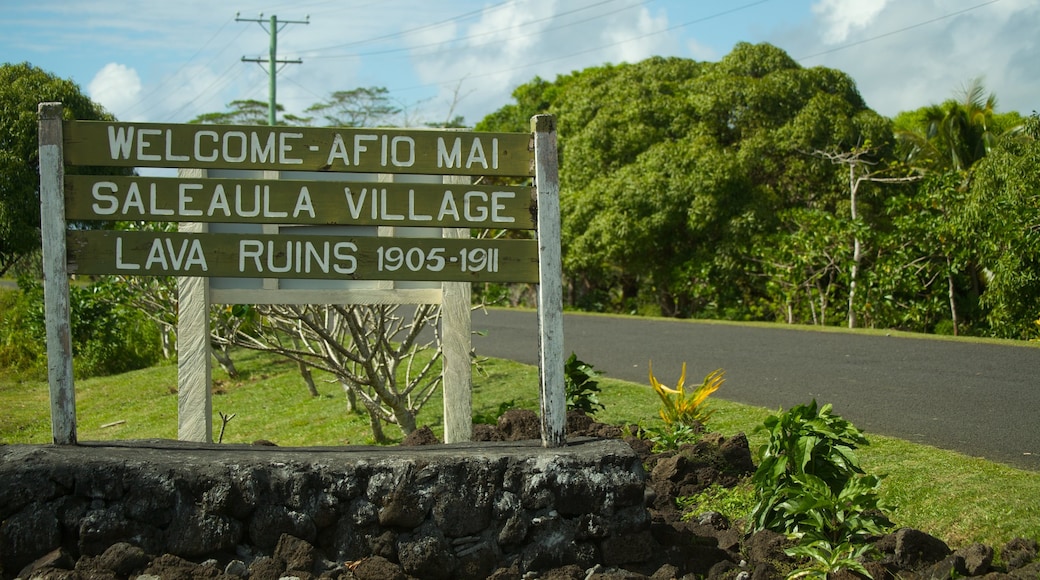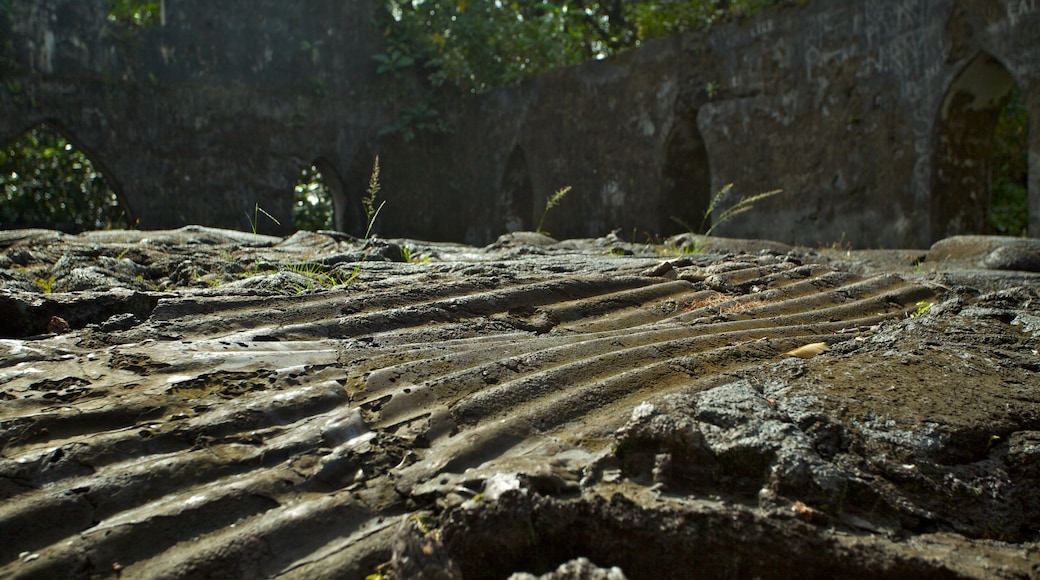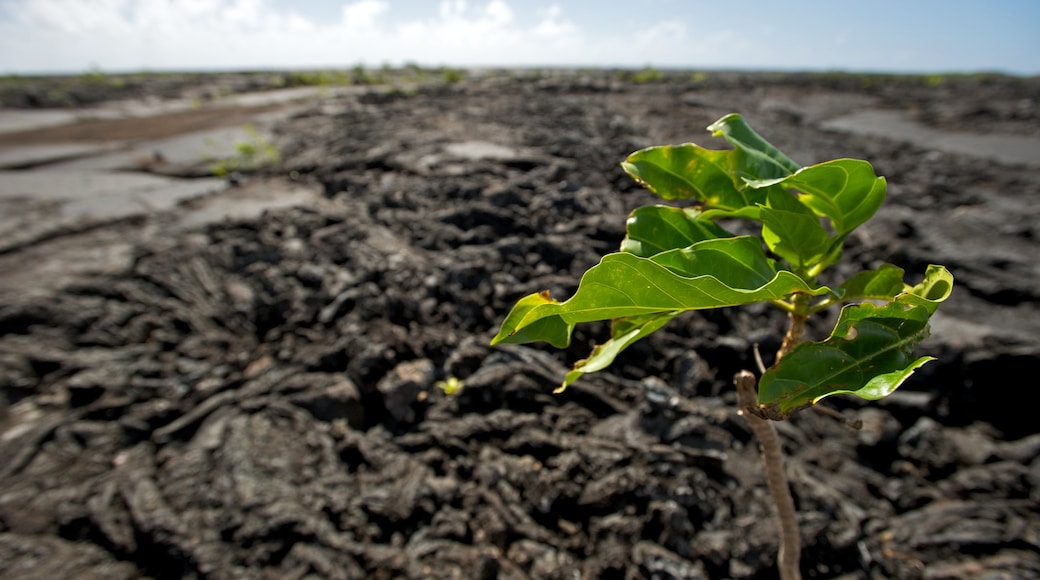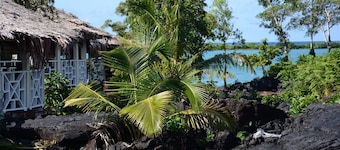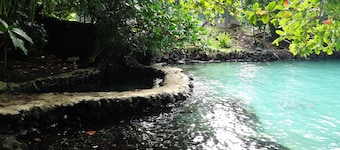Visit this geological phenomenon on Savai’i Island and discover the remains of villages buried during a volcanic eruption over a century ago.
Stroll across the eerie black landscape of the Saleaula Lava Field and visit the remains of buried villages. Imagine what it must have been like for the locals when they saw their homes swallowed up by the pahoehoe lava. Despite this sad history, the lava field has become one of Samoa’s major tourist attractions, offering opportunities for geologists and photographers alike. It is hard not to be impressed when you see the effects of the terrifying force of nature.
The Saleaula Lava Field was created in 1905 when the nearby Mount Matavanu erupted. A second eruption poured yet more lava onto the field, covering an area of over 100 square kilometres (40 square miles). Five villages were buried, although thankfully the lava was slow-moving so there were few fatalities.
When you step onto the lava field, the first thing you will take in is the bleak, empty landscape. Look closer and you will start to notice the whirling patterns in the volcanic rock and the fissures and cracks that formed as the lava dried. It is like seeing the ripples in the surface of a lake. Note the plants that have started to grow on the fertile ground. The bright green of the leaves makes for a stunning contrast with the jet-black rocks.
Visit the remains of the two churches that were engulfed by the lava flow. You can still make out the arched windows and the peaked roof, but the insides of the churches are filled with layers of black rock. Visit the so-called “Virgin’s Grave”, a rectangular hole cut out of the lava with a grave underneath. Stroll to the edge of the cliffs for a view of the ocean. It takes around 30 minutes to cross the lava field.
The Saleaula Lava Field is located on the northern coast of Savai’i Island near Maunga village. Regular ferries and flights run from Upolu to Savai’i. Hire a car, take a taxi or make use of the island’s public buses to get there. There is a small fee for admission.

